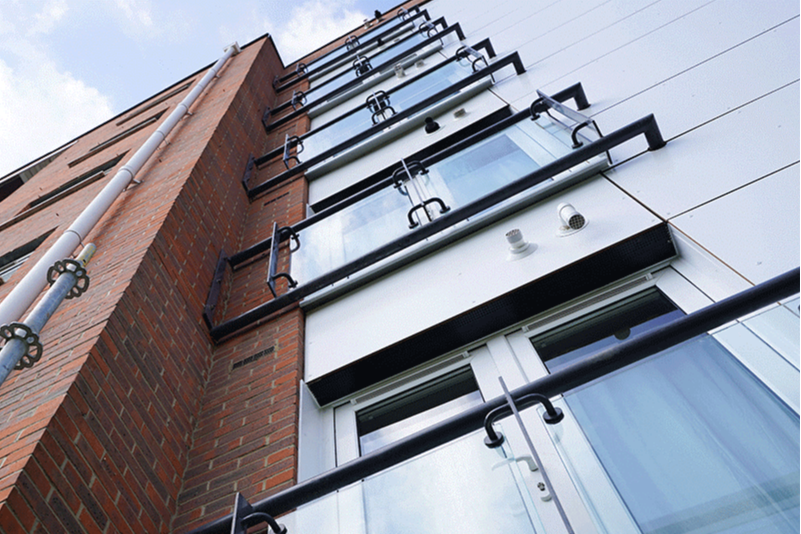Unchanged output in July and strong new orders in the second quarter surprise economists
Construction output held steady in July, the first full month after the EU referendum, latest ONS data has revealed.
Output was unchanged after a 1% drop in June, although it was down 1.5% on its level a year earlier.
Economists had expected a 0.8% month-on-month fall in July, according to a Reuters poll.
The ONS also published new orders figures for the second quarter - covering April, May and June - for the first time, which revealed an unexpected 8.6% jump compared to the previous quarter, and also up 7.5% on last year.
Construction technically entered a recession over the first half of this year, with output falling 0.4% and 0.7% over the first and second quarter respectively.
Annual output has fallen every single month of this year.
In July, new work increased by 0.5%, while repair and maintenance decreased 1.1%.
Mark Robinson, chief executive of contracting authority Scape Group, called for more infrastructure spending in the forthcoming Autumn Statement to boost the sector: “Clearly the result of the referendum has caused a great deal of uncertainty, and it is now up to the government to provide a clear strategy and timetable for Brexit, to ensure we can continue to invest in new buildings and infrastructure.
“November’s Autumn Statement will be an opportune time to lift the industry and the economy with public investment.”

Analysis by Arcadis’ Simon Rawlinson
Latest output data includes a further downward revision in output in the second quarter to 0.7%. Interestingly this fall has been driven by new work rather than the repairs sector. Monthly data suggests that the rate of deceleration is increasing.
By contrast, new orders data up to June bucks the trend to post an 8% hike to post the highest quarterly figure since 2009. What’s going on? Strong regional performance in housing markets including the North West and Scotland and a public spending splurge – up by £700 million in the quarter appear to explain an unexpectedly strong set of New Orders. This data is unfortunately a backward looking measure. Whilst some of the regions are doing very well, London appears to slowing with housing orders down by 25% compared to a year ago. Hopefully, the highest volume of orders from the public sector since 2014 will help to insulate parts of the industry from any immediate impacts of a Brexit-induced slowdown in investment decision making.
Simon Rawlinson is head of strategic research and insight at Arcadis



























No comments yet